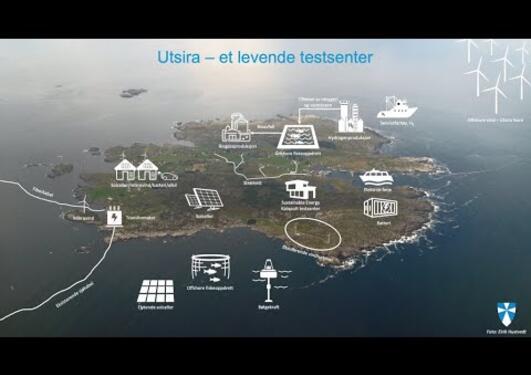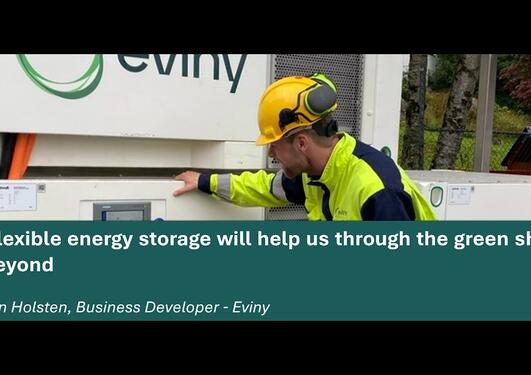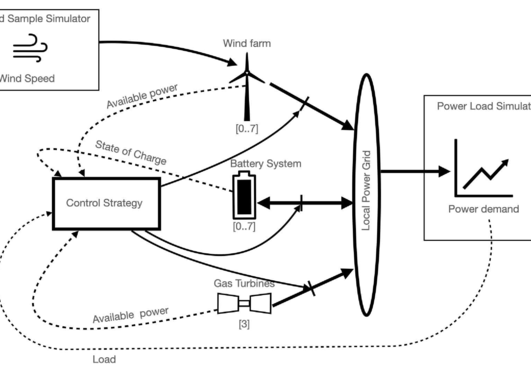March - April 2024: Mini seminar series on flexible energy systems
During March and the first week of April 2024 we offer a mini-series of three webinars dealing with flexible energy systems. Join us to get valuable updates on different aspects of the current approaches and technology developments in the field!

Main content
Constantly increasing consumption and more unregulated power from wind and solar increases the load on the grid and creates an imbalance in the power system. Using consumer flexibility across energy resources can help both to balance the frequency on the grid, as well as to optimize the utilization of the grid. Many consumers can shift consumption in time and be more flexible in their energy use. This can help balance the network and also make room for more new consumers. Statnett has reserve markets where they buy flexibility that helps balance the grid, but also local flexibility markets where the local grid companies buy flexibility can provide increased flexibility in the power system.
12. March - Utsira Living Lab
By John Arild Arnø, Fagne
Lack of power capacity and poor voltage quality to/at Utsira was the start of several projects where Fagne looked at alternatives to strengthen both capacity and voltage quality without having to change the 17km long submarine cable. Which would have been a very expensive and demanding job to carry out. Plans were made to replace the supply network, fiber network and test out alternative solutions for energy supplies. Utsira Living Lab was eventually established and the projects were entered under this concept. The concept eventually gained strength and direction as we gained an increased focus on the energy industry and their expected contribution to "the green shift". Demands to improve the power readiness of the island resulted in the purchase and installation of a used battery/power electronics plant previously used as a charging station for ferries. This was combined with the existing power grid and two older wind turbines that were already on Utsira. Today, Utsira can be operated as an island operation when the power from shore fails. Utsira Living Lab is today a collaborative project across the Haugaland Kraft group in which Utsira municipality is a central player.
19. March - How flexible energy storage will help us through the green shift and beyond
By Benjamin Holsten, business developer at Eviny
Flexible energy storage solutions already plays a crucial role in mitigating the challenges posed by renewable energy intermittency. Lithium-ion batteries are easily deployable and can deliver several services locally and to the grid. This talk dives into the role energy storage and flexibility will have this coming decade.
4. April - A simulation model for electrification of offshore oil and gas platforms with wind energy
By Yngve Hegglund, Senior researcher at NORCE
Approximately 25% of Norway's CO2 emissions come from the oil and gas installations in the North Sea. One possibility of reducing these emissions is electrification of the installations from land. However, this can be challenging and costly, especially for the installations far from shore. An alternative solution is to electrify with offshore wind energy. The North Sea has good wind resources that can be exploited for this purpose. Electrification with wind energy also provides an opportunity to transition to renewable energy production for future energy needs, while at the same time reducing the climate impact of the ongoing oil and gas production.
A main challenge with wind energy is the variability of the wind resources. The power demand of the oil and gas installations is also variable and unpredictable to some degree. In the ELOGOW project we have developed an energy simulation model that shows that this imbalance between available power and demand can be alleviated by adding energy buffers. If the energy buffer capacity is large enough to last during the start-up of gas turbines, it will be possible to completely shut off the gas turbines over long periods of time when the wind energy is sufficient, and only start them on demand.
The presentation will go through the simulation model and some main results.


